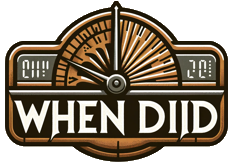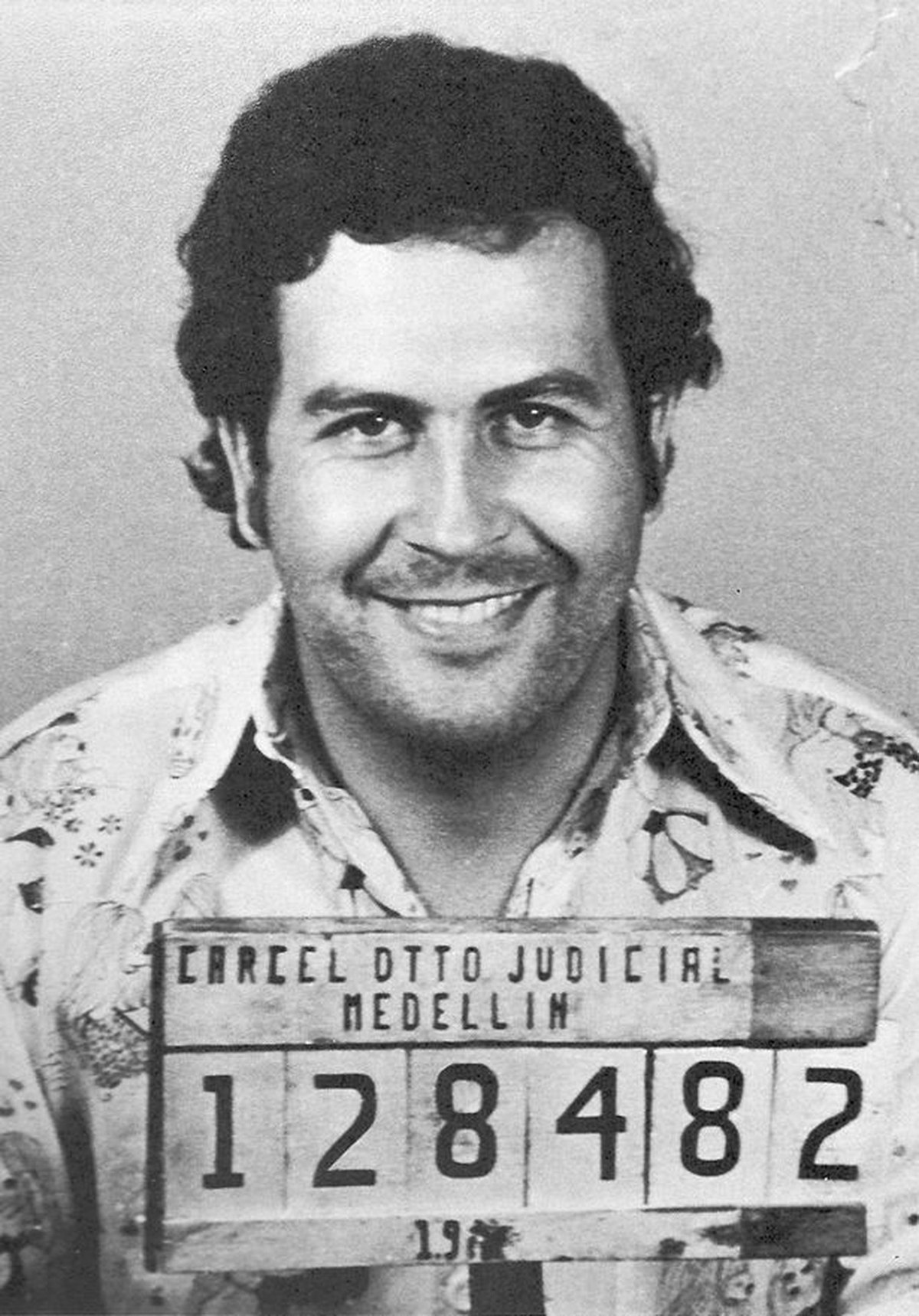Pablo Escobar’s Demise: The Fateful Day that Ended his Reign of Terror
Colombian drug lord, Pablo Escobar, met his untimely demise on December 2, 1993, marking the end of an era dominated by violence, crime, and corruption. Known as the “King of Cocaine,” Escobar was a mastermind behind the notorious Medellin Cartel, which flooded the world with illegal drugs while wreaking havoc on his homeland.
On that fateful day, a team of Colombian National Police, in collaboration with the US Drug Enforcement Administration (DEA), closed in on Escobar’s hideout in the city of Medellin. The notorious drug lord had managed to evade capture for years, thanks to a web of corruption and his own cunning strategies. However, his luck seemingly ran out on that final day.
As the authorities approached the rooftop of the safehouse where Escobar was hiding, gunfire erupted. In the chaos that ensued, Escobar was fatally shot, ending his reign of terror. His death not only brought relief to a nation long plagued by his criminal activities but also marked a significant victory in the international fight against the drug trade.
The aftermath of Escobar’s demise was far-reaching. Colombia, once under his grip, slowly began to rebuild and heal from the damage caused by his brutal empire. Furthermore, his death paved the way for an increased global effort to dismantle drug cartels worldwide.
However, the legend of Pablo Escobar did not die with him. Even after his passing, his legacy and influence continue to captivate popular culture, inspiring numerous books, movies, and even TV series based on his life and criminal empire. Escobar’s rise from humble beginnings to becoming one of the wealthiest and most dangerous criminals in history remains a fascinating, albeit dark, tale that continues to intrigue audiences to this day.
In conclusion, Pablo Escobar’s death on December 2, 1993, marked the end of an era overshadowed by violence, drugs, and corruption. While his demise brought relief to Colombia and symbolized a significant blow to the drug trade, his legacy still looms large. Escobar’s story serves as a reminder of the destructive power of crime and the ongoing efforts to combat it worldwide.
More About : When Did Pablo Escobar Die
Introduction:
Pablo Escobar, one of the most notorious drug lords in history, met his demise on December 2, 1993, marking the end of an era filled with violence, corruption, and unimaginable wealth. This article delves into the circumstances surrounding Pablo Escobar’s death, providing a comprehensive account that sheds light on the events leading to his downfall. By examining his rise to power, the extensive manhunt that ensued, and the ultimate outcome, readers will gain insight into the life and demise of this infamous criminal.
I. The rise of Pablo Escobar:
A. Background and early life: Detail Escobar’s humble beginnings and how circumstances shaped his entry into the world of crime.
B. The birth of the Medellín Cartel: Outline the formation of the drug cartel and Escobar’s pivotal role in its rapid expansion.
C. Escobar’s reign as the drug kingpin: Discuss the height of Escobar’s power, exploring his lavish lifestyle and extensive criminal empire.
II. Escobar’s hunt and the pursuit by law enforcement:
A. Escobar’s evasion tactics: Explain the elaborate measures taken by Escobar to avoid capture, including hiding within Colombia’s jungles and utilizing a network of loyal followers.
B. Colombian government’s pursuit: Outline the government’s relentless efforts to capture Escobar, including the formation of special task forces and cooperation with international agencies.
C. Escobar’s negotiations and controversial surrender: Investigate the circumstances under which Escobar negotiated his surrender, shedding light on the controversial aspects of the deal.
III. Escobar’s downfall and death:
A. The siege of La Catedral: Detail the government’s decision to imprison Escobar in his own luxurious prison, leading to a public outcry and mounting pressure for justice.
B. Escobar’s escape and the manhunt intensifies: Highlight Escobar’s daring escape from La Catedral and the subsequent manhunt that ensued, mobilizing the full force of Colombian law enforcement.
C. The fateful day of December 2, 1993: Present a gripping account of the events leading to Escobar’s death, emphasizing the decisive role of Colombian authorities in his demise.
Conclusion:
Pablo Escobar’s death marked the end of an era characterized by violence, corruption, and the devastating impact of the global drug trade. Through a detailed exploration of his rise to power, the pursuit by law enforcement, and the dramatic events leading to his downfall, this article provides an in-depth understanding of Escobar’s life and ultimate demise. Escobar’s death remains a significant milestone in the fight against organized crime, leaving a lasting legacy as a cautionary tale of the consequences of unchecked ambition and illicit activities.
FAQs on When Did Pablo Escobar Die
Q1: When did Pablo Escobar die?
A1: Pablo Escobar died on December 2, 1993.
Q2: How did Pablo Escobar die?
A2: Pablo Escobar died from gunshots during a police operation in Medellín, Colombia.
Q3: Where did Pablo Escobar die?
A3: Pablo Escobar died on the rooftop of a house in a middle-class neighborhood in Medellín.
Q4: Who was responsible for Pablo Escobar’s death?
A4: The Colombian National Police, along with assistance from the US Drug Enforcement Administration (DEA), were responsible for the operation that led to Escobar’s death.
Q5: Why did the Colombian government want to capture or kill Pablo Escobar?
A5: The Colombian government wanted to capture or kill Pablo Escobar because he was the notorious leader of the Medellín Cartel, responsible for numerous acts of violence, drug trafficking, and corruption.
Q6: Was Pablo Escobar’s death confirmed immediately?
A6: Yes, Pablo Escobar’s death was confirmed shortly after the police operation. His fingerprints and physical features were matched to existing records.
Q7: What impact did Pablo Escobar’s death have on the drug trade in Colombia?
A7: Pablo Escobar’s death marked a significant blow to the drug trade in Colombia, as it disrupted the operations of the Medellín Cartel and weakened their influence.
Q8: Did Pablo Escobar’s death end the drug-related violence in Colombia?
A8: While Pablo Escobar’s death had a significant impact on reducing drug-related violence in Colombia, it did not completely eliminate the issue. Other drug cartels and criminal organizations still continued to operate.
Q9: Where was Pablo Escobar buried after his death?
A9: Pablo Escobar was buried at the Cementerio Jardines Montesacro in Itagüí, a city near Medellín, Colombia.
Q10: Are there any conspiracy theories surrounding Pablo Escobar’s death?
A10: Yes, there have been conspiracy theories suggesting that Pablo Escobar was not actually killed in the police operation and that he faked his death. However, there is no substantial evidence to support these claims, and it is widely accepted that Escobar was killed in 1993.




